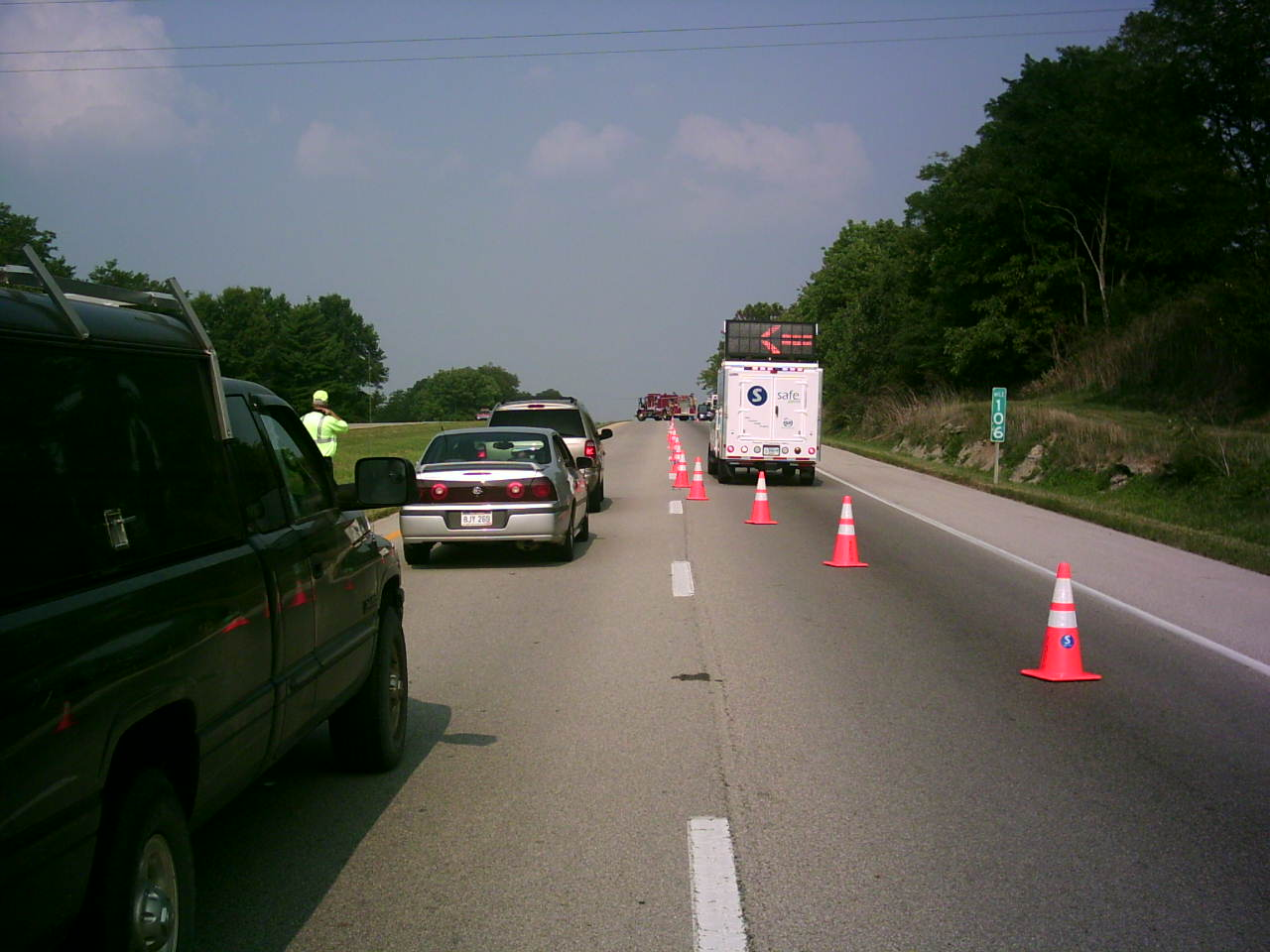
Incident management systems can reduce the effects of incident-related congestion by decreasing the time to detect incidents, the time for responding vehicles to arrive, and the time required for traffic to return to normal conditions. Such systems make use of a variety of surveillance technologies, as well as enhanced communications and other technologies that facilitate coordinated response to incidents as well. Many incident management systems also provide traveler information.
